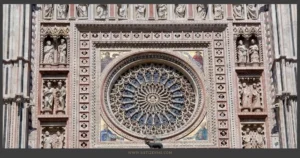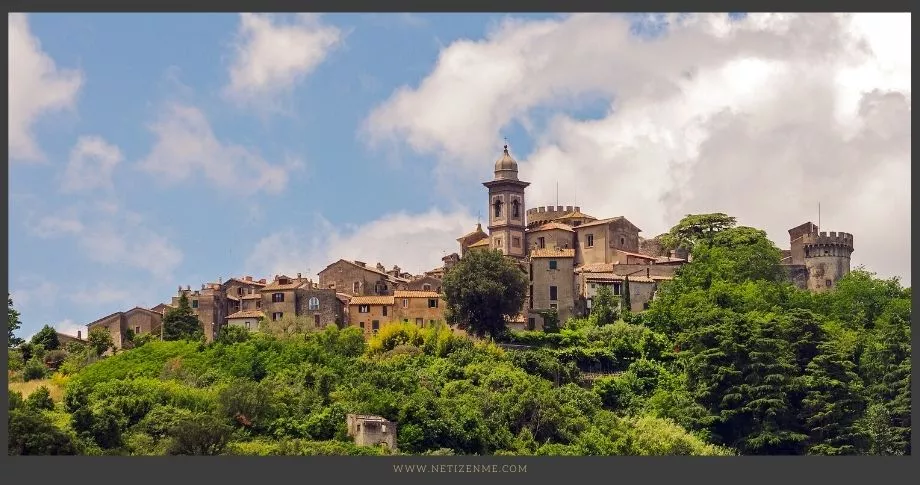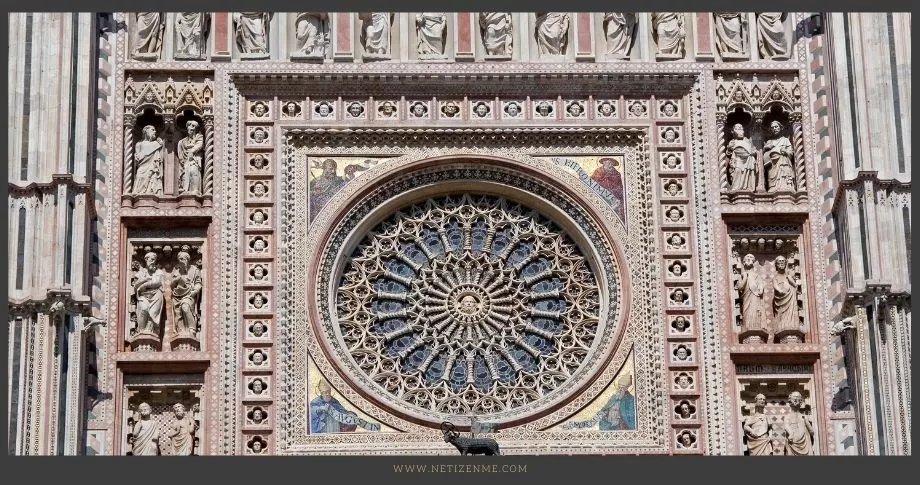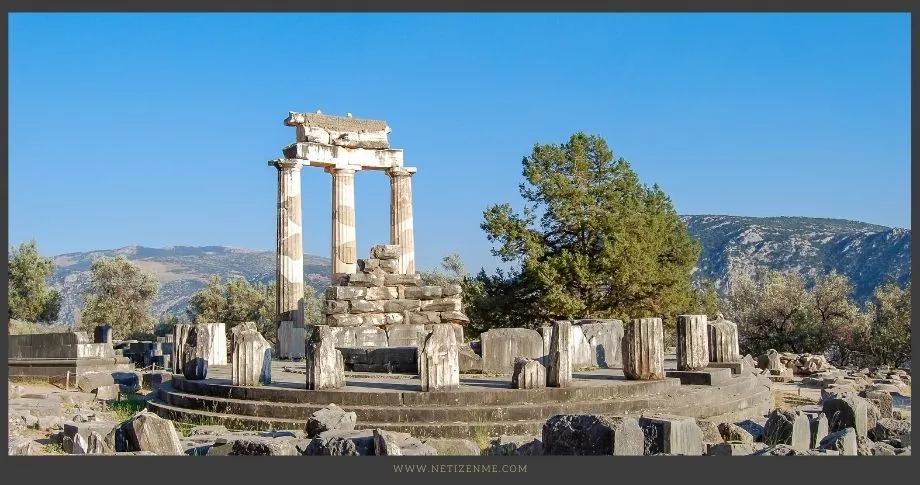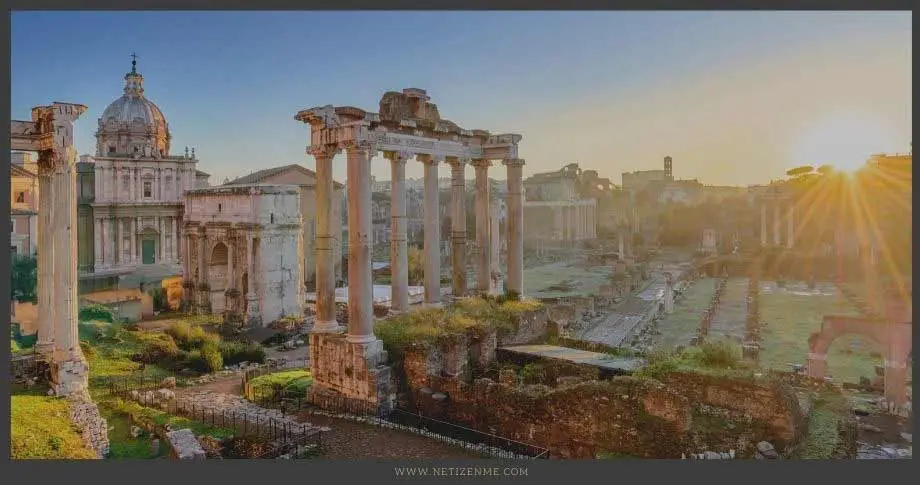
Roman Engineering Marvel in Mining Technology, Harbours and Watermills
Roman technology was inspired by the advancement and innovations of Etruscans, Greeks, Cults, and many other civilizations. These civilizations existed before the Romans and knowledge to improve their technology resulted in further advancement. Romans took the knowledge of Greeks and other civilizations and made marvellous progress in the field of science and technology. Roman engineers provide the world with technology that was beyond the common man and way ahead of its time. The Romans were monstrous builders and great engineers. Their knowledge and mastery were way ahead of that era. Further, their flourishing society brought advancements in technology and science which remained unmatched for centuries.
Romans might be the best civil engineers that ever lived. They constructed roads, stretching hundreds of miles, to create structures and water systems. Many of what they did are still standing together after so many centuries with minimum resources and manpower and no technology at all.
Roman Mining Technology
The ancient civilizations before the Romans used traditional and old mining practices. However, the Romans introduced new and advanced technological methods for mining. The miners would use a waterwheel to power their tools, which made the process much faster and easier. They also developed a system of tunnels and supports that helped prevent cave-ins. This allowed them to reach new depths and extract more minerals than ever before.
Which technology was used for mining metals in ancient Rome?
Aqueducts were used by the Romans for mining operations throughout the empire. The methods used by the Romans for mining were hushing and fire quenching. They built several aqueducts around a site with giant tanks and water-powered machines. In the hushing method, the giant tanks were used to release large quantities of water. That water washed away the unwanted earth and exposed the valuable mineral rocks below. In the fire quenching technique, the rock was heated, and water tanks were used to release tanks on the heated rocks to fracture them. Water-powered stamp mills and trip hammers were used for crushing the extracted ore into small pieces before further processing.
Roman Harbors
Harbours and naval warfare and trade existed way before the Romans. However, the Romans changed the technology used in their construction and became controllers of the waters. The main Roman contribution to the change in harbour technology was mostly in materials used for its construction and an overall better design. The Romans made the harbours using a combination of lime-mortar concrete and hydraulic concrete and by mixing them with volcanic ash also known as mortar pozzolana. Hydraulic concrete was extraordinarily strong and had a long life but the most important benefit of using hydraulic concrete was that it could set and cure while immersed in fresh or saltwater. These harbours have withstood the passing of time and can still be seen standing in many places thanks to impressive and ingenious roman technology.
Roman Water Mills
Romans used the power of water for almost everything. They built water mills to replace the traditional mill which ran on human or animal power. Roman water mills were a significant development in Ancient Roman technology. Water mills allowed for a great deal of flour to be produced in a short amount of time. This was significant because it meant that less time was needed to produce food, and more time could be spent on other tasks. Water mills were also much more efficient than hand-powered mills, and they allowed for a greater level of precision in the production of flour.
What were ancient watermills used for?
The water mills were mostly built near the aqueducts and they used the water stored in a tall reservoir to spin the wheel which resulted in producing flour from the grains. The technology and design used by the roman were so extraordinary that these mills could produce up to 3 tons of grain in an hour and were able to feed more than 40 thousand people each day.
Roman Engineering Marvel
Romans were one of the greatest civilizations that ever lived. Indeed, their engineers are considered among the best they took the knowledge of Greeks, gave it a practical application, and passed it down to the world from where the world has developed to current technology. Roman Mining Technology, Harbours, and Watermills showed what the great roman engineers could do. Roman engineers were always working to conquer the natural world and test the limits of physics. They gave the world so much to improve on and their technology and knowledge of science were used for centuries.
The engineering marvels of ancient Rome are still admired today. The Roman aqueducts, for example, were an impressive feat of engineering. They transported water over long distances and provided cities with a reliable source of fresh water. The Colosseum was another impressive feat of engineering. It was built using a system of arches and vaults and could seat over 50,000 people. The Romans also mastered concrete and used it to build many of their most iconic structures, like the Pantheon.
- Should We View the Western Roman Empire as a Success or a Failure?

- The Hellenization of the Roman Aristocracy

- The Negative Effects of The Roman Conquests

This article is written by:

Nisar Ahmad
Nisar is a passionate content writer and loves to share his ideas about the world. He an energetic self persuasive author who loves to composes and plans to develop himself and his readers with every one of his steps.

